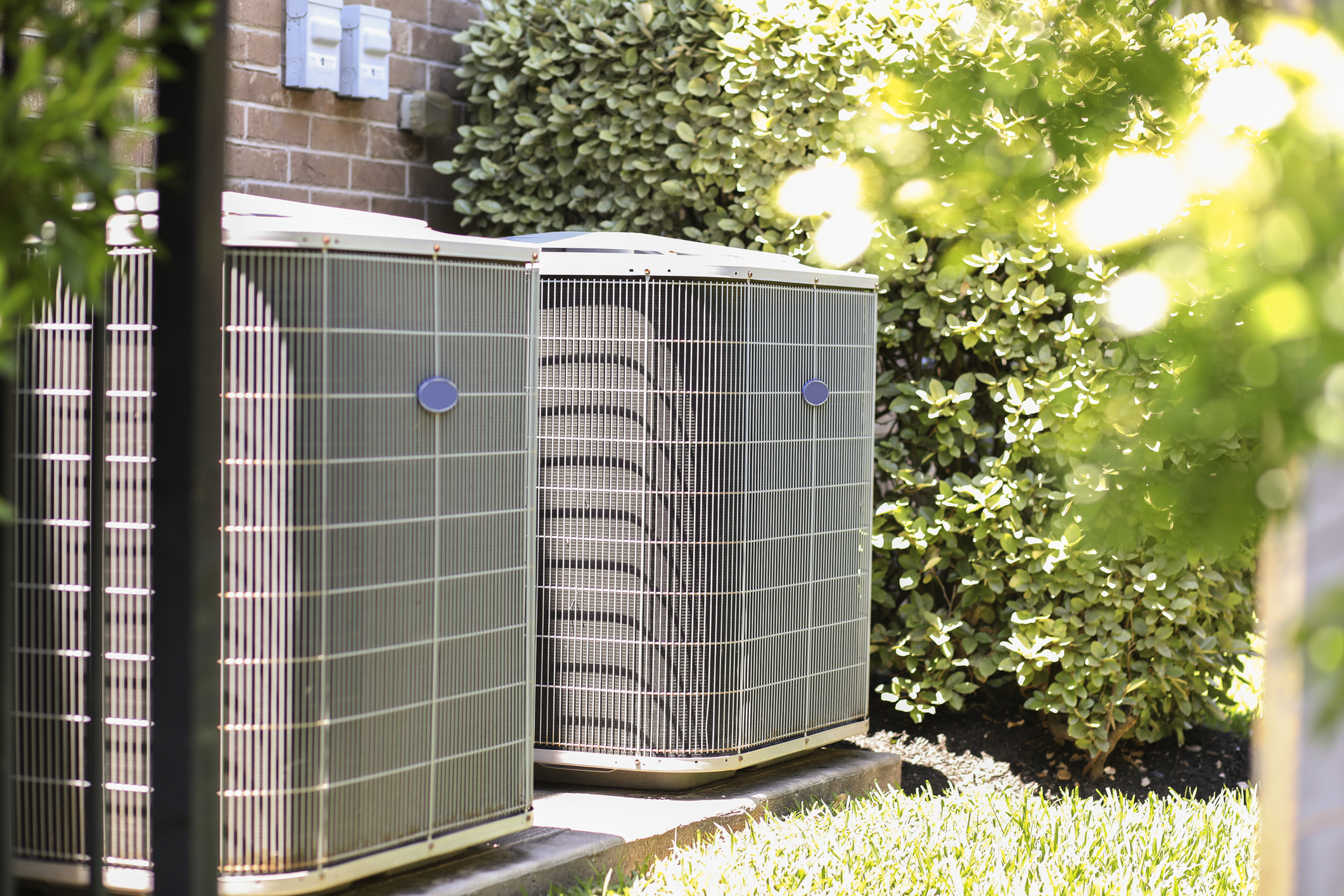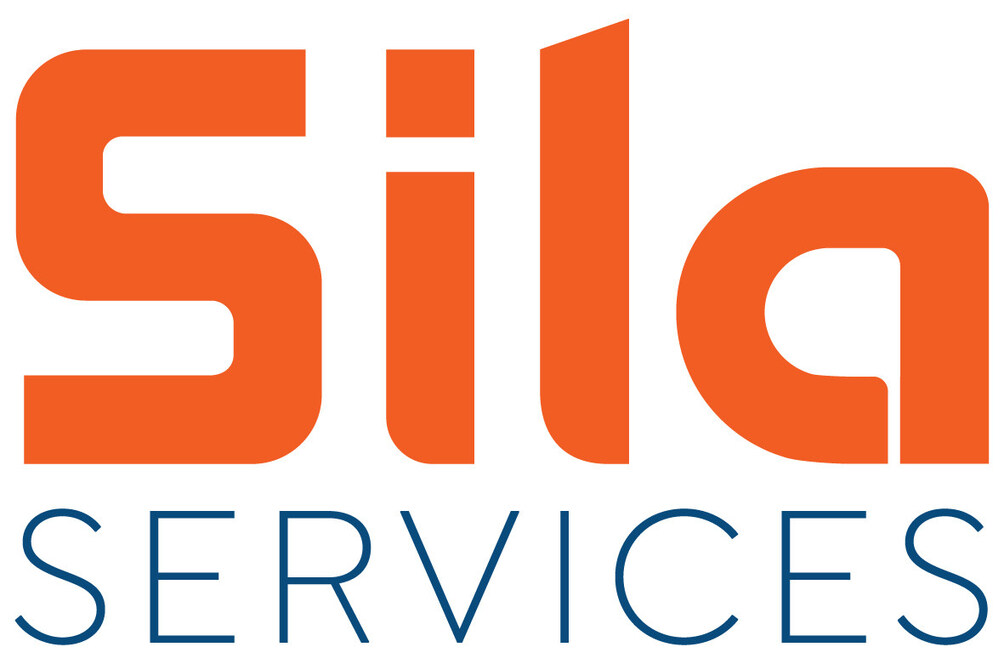
News
Make Sure You are Getting the Ions You Paid For!
By W. Bruce Longino, P.E., LEED AP
Needlepoint Bi-polar ionization (NBPI) has become a major way to clean the air in commercial and residential facilities. NBPI generators split H2O molecules into positive and negative ions.
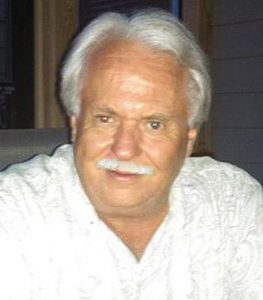
NBPI has become one of the most popular ways to provide good Indoor Air Quality. The ions treat the air and provide the following benefits:
Reducing particles in the air. The positive and negative ions give tiny dust particles a positive or a negative charge. Because these particles are attracted to each other, they agglomerate. This agglomeration causes the particles to become larger. As the particles become larger, they gain surface area, and the airflow from the HVAC system can push against the particles and bring them back to the system filter.
Odor reduction is accomplished by the negative -OH ions. As an example, ammonia NH3 molecules are pulled apart by the -OH ions. Three -OH ions each remove an H atom from the NH3 molecule to make H2O. The N atom remaining finds another N atom to form a N2 molecule. So in this case, NH3 that has a horrible odor becomes H2O and N2 that have no odor.
Chemically what happens is: 6-OH + 2NH3 = 6H2O + N2.
Pathogen reduction is accomplished by the –OH ions. When these ions are dissolved in water, they make the disinfectant hydrogen peroxide. Hydrogen peroxide is used to kill bacteria on cuts and scrapes we humans get. In our case, the –OH ions are in the air and not dissolved in water. These ions steal the hydrogen atoms from pathogens, making them unable to reproduce. The pathogens we are talking about are viruses, bacteria and mold spores. When they cannot reproduce, they die.
The above explains how bi-polar ions clean the air. However, there are several different technologies used to generate these ions.
Photocatalytic Oxidation (PCO) uses UV light shining on Titanium Dioxide(TiO2). CDC warns that this can generate cancerous byproducts such as respirable nanoparticles. Ozone (O3) is normally created as byproduct. Ozone is unstable and wants to be O2, so it will react with any organic material, including human lung tissue. It will also react with other TVOCs/odors and possibly create a worse chemical than what you originally started.


Needlepoint Bi-polar ionization began using stainless steel needles with an application of high voltage to the tips. This breaks the water molecule H2O into a positively charged hydrogen atom +H and a negatively charged molecule -OH. This is a way to do electronically what nature does with ocean waves and a high amount of solar radiation in the mountains. These ions are nature’s sanitizers. That is why mountain air smells so fresh. Because of the high voltage and water vapor present, these needles began to oxidize and fail. As the tips corrode and dull, the ions cannot emit.
To improve the performance and longevity, NBPI, manufacturers began using carbon fiber brushes. These brushes produce significantly more ions because there are many more high voltage tips. As the carbon fiber brushes bloom out, the ion output increases. The picture to the right shows the carbon fiber brush.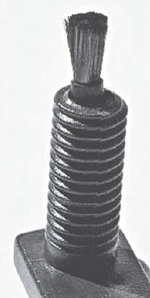
However, because on some NBPI units there is a positive and a negatively charged brush, dust begins to collect and snuff-out ion production. To eliminate this problem a self-cleaning method was developed. The brushes are “flicked” several times every three days. In case the brushes would fail over time from fatigue, they are made to be replaceable; however, this is not necessary.
After 83 million cleanings, which is equivalent to 68,000 years, did the first unit fail. The failure was due to a digital stepper motor mechanical failure. As you can see from the picture below, the carbon fiber brush was still in good shape. In fact, you can see a “flowering” of the old one on the bottom. This flowering created space between the fibers allowing greater ion production, but the brushes never failed. The picture below shows the self-cleaning system.
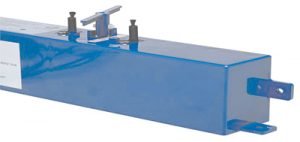 After reviewing the various bi-polar ionization methods, there is no doubt that the Needlepoint Bi-polar Ionization with self-cleaning carbon fiber brushes gives the Owner more of the ions he/she paid for.
After reviewing the various bi-polar ionization methods, there is no doubt that the Needlepoint Bi-polar Ionization with self-cleaning carbon fiber brushes gives the Owner more of the ions he/she paid for.
W. Bruce Longino, P.E., LEED AP, may be reached by email at blongino@mingledorffs.com.

